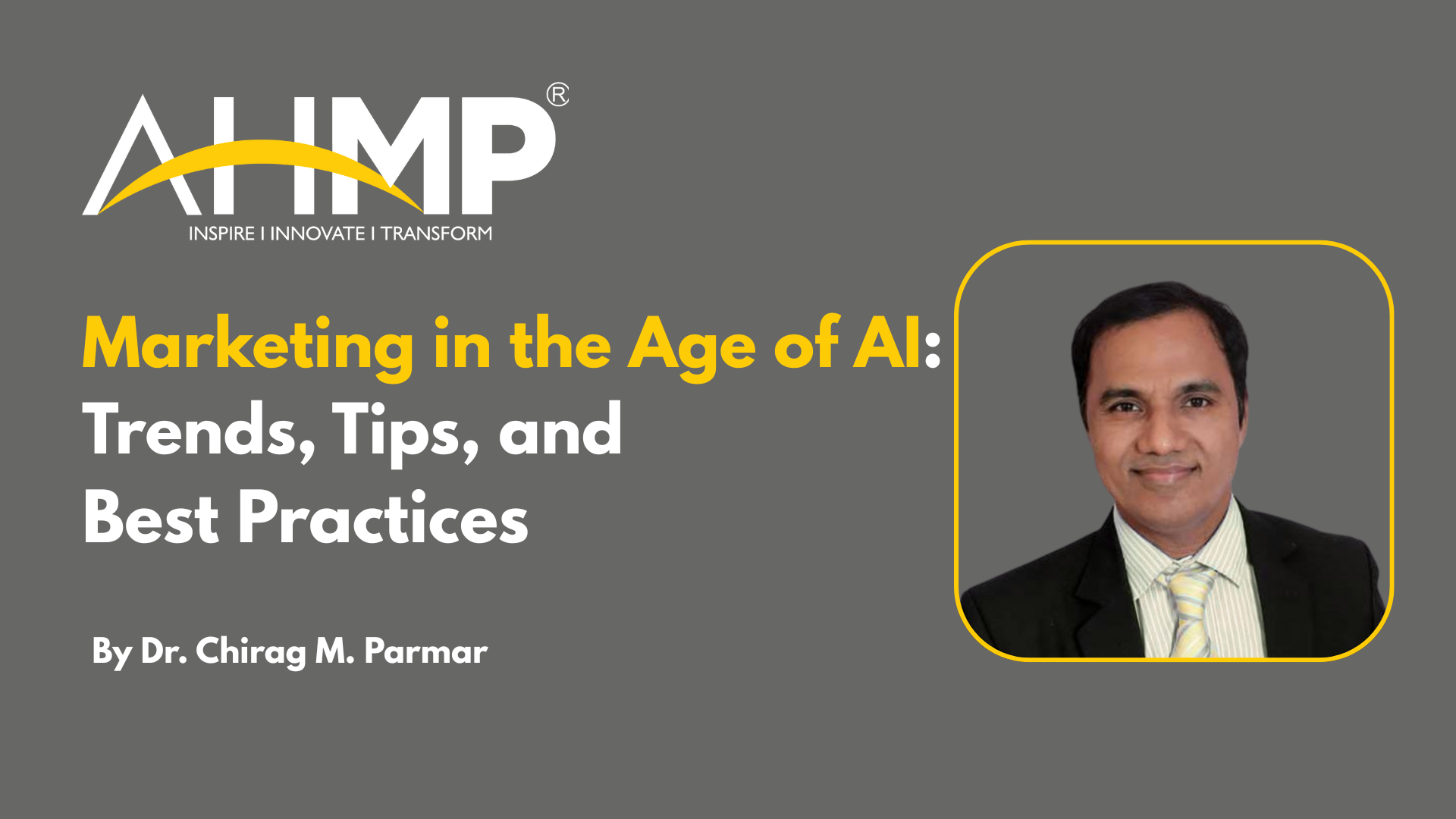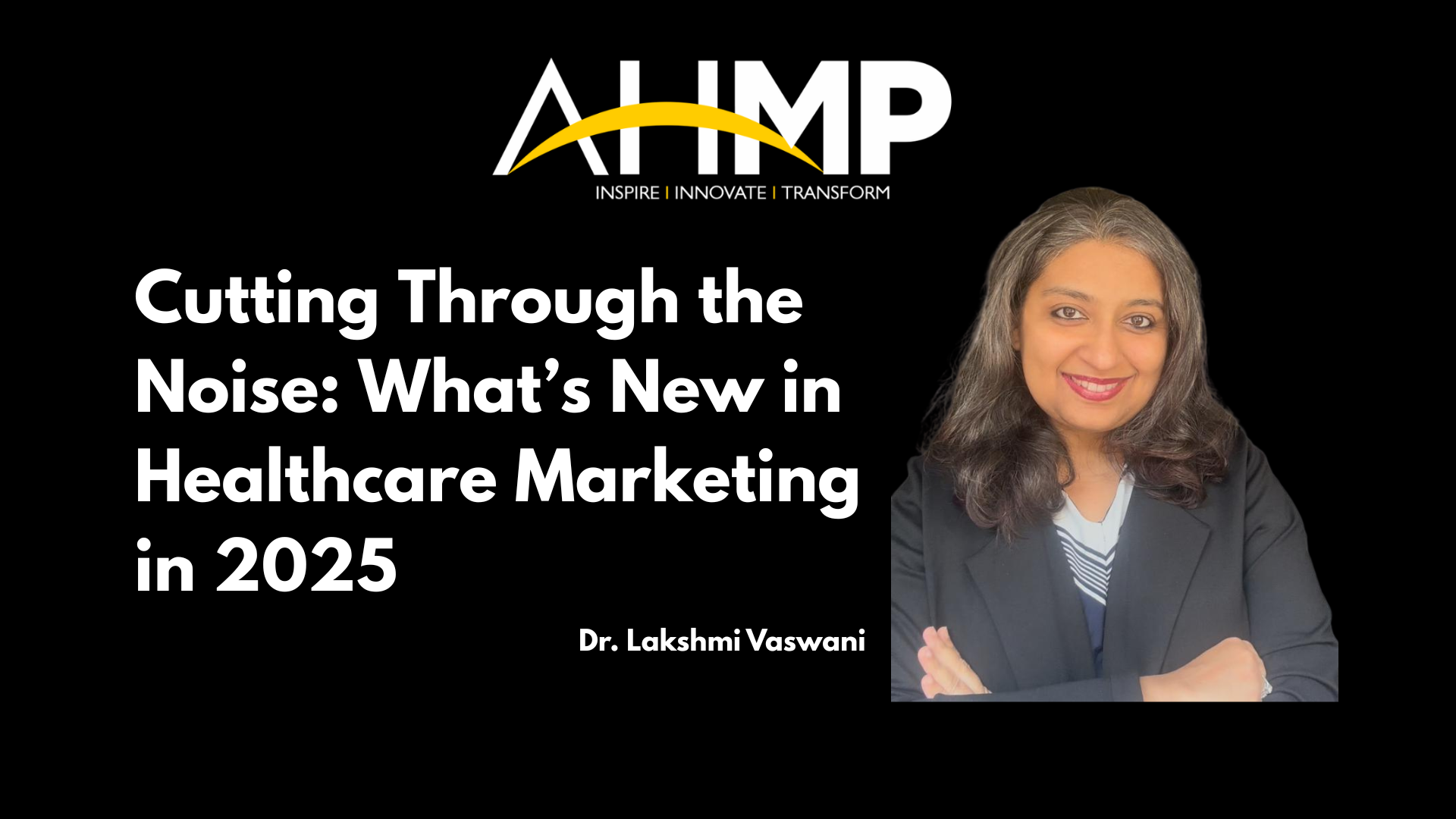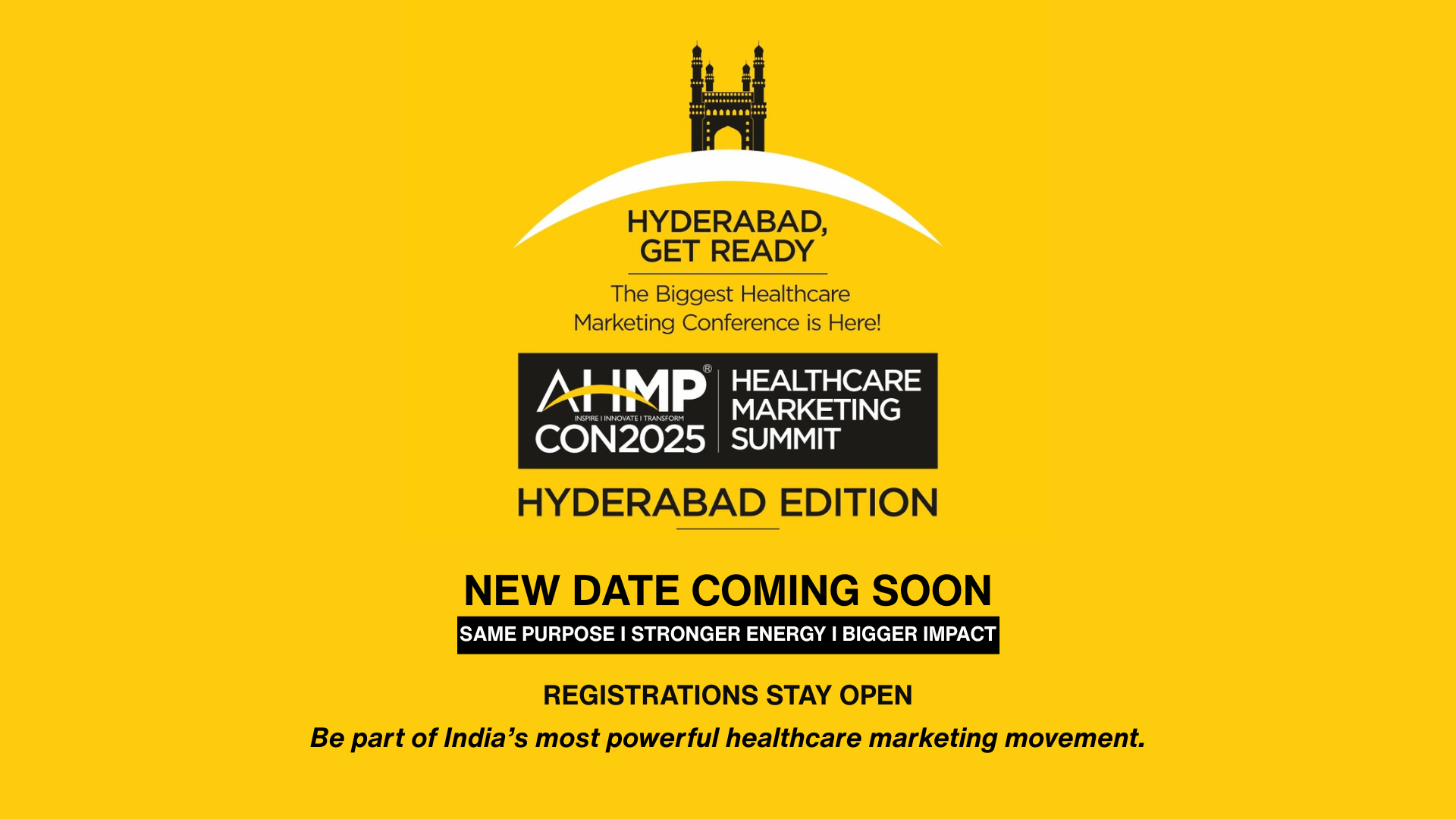Healthcare marketing is a crucial aspect of promoting services, building relationships with patients, and enhancing the reputation of healthcare organisations. It involves various strategies and tools aimed at improving patient acquisition, retention, and overall brand visibility. Here’s a breakdown of what health care marketing typically involves and how a budget can be allocated effectively:
Key Components of Health Care Marketing:
- Branding and Positioning:
- Establishing a unique and memorable brand identity.
- Ensuring consistency across all marketing materials, online presence, and patient interactions.
- Digital Marketing:
- Website: A user-friendly, informative website is essential. It should have clear information about services, easy navigation, and be optimized for SEO (search engine optimization).
- Social Media: Platforms like Facebook, Instagram, LinkedIn, and Twitter can be used to engage with the community, share valuable health tips, and promote services.
- Paid Ads: Google Ads or social media ads can be targeted based on demographics, location, and search behavior to reach a specific audience.
- Email Marketing: Sending newsletters, appointment reminders, and health tips to a subscriber list to maintain patient engagement.
- Content Marketing:
- Creating educational content like blogs, videos, and infographics that inform and engage patients.
- Developing resources that answer frequently asked questions or provide in-depth insights on medical conditions and treatments.
- Patient Experience and Reviews:
- Positive reviews and testimonials can significantly influence new patients. Encouraging patients to leave reviews on platforms like Google, Yelp, and Healthgrades is crucial.
- Improving patient experience to drive word-of-mouth marketing.
- Community Engagement and Events:
- Participating in or sponsoring local health events, charity runs, or health fairs.
- Hosting free health screenings or workshops to provide value to the community.
- Search Engine Optimization (SEO):
- Optimizing content to rank higher on search engines, especially for locally-targeted searches (e.g., “best pediatrician in [location]”).
- Referral Programs:
- Encouraging existing patients or referring physicians to recommend services to others.
Budget Allocation for Health Care Marketing:
Creating a marketing budget is essential to ensure that the funds are used effectively. Here’s a guideline for allocating the marketing budget:
- Digital Marketing (40-50%):
- Website Maintenance & Optimization: Regular updates, SEO, and improving user experience.
- Paid Advertising: Google Ads, Facebook Ads, and other targeted advertising.
- Social Media: Costs related to content creation, social media ads, and management tools.
- Content Creation (15-20%):
- Video production, blog writing, and other educational content development.
- Design costs for infographics, flyers, and patient brochures.
- Community Outreach (10-15%):
- Sponsorships for local events, health fairs, or charity initiatives.
- Hosting community seminars or free health clinics.
- Patient Relationship Management (10-15%):
- CRM (Customer Relationship Management) tools to manage patient outreach, engagement, and retention.
- Email marketing campaigns, automated reminders, and appointment scheduling tools.
- Traditional Marketing (5-10%):
- Print advertising (brochures, newsletters, magazines).
- Local media advertising, like radio or TV ads (if applicable).
- Market Research (5%):
- Surveys and feedback tools to understand patient satisfaction, brand perception, and areas for improvement.
Important Considerations:
- ROI Measurement: Tracking the return on investment (ROI) for each marketing initiative is vital. This can be done through metrics like website traffic, conversion rates, and patient acquisition costs.
- Local Targeting: Health care marketing should often be localized due to its nature. Ads, content, and SEO efforts should be targeted to your specific geographic region.
- Compliance: Health care marketing must comply with privacy regulations such as HIPAA (Health Insurance Portability and Accountability Act) in the U.S. This includes ensuring that patient data and communications are secure and handled appropriately.
By setting clear goals, understanding the target audience, and allocating resources efficiently, a health care marketing strategy can be highly effective in attracting and retaining patients while promoting a positive and trustworthy image.

“Feel” in the Gaps – The Brainstorming Approach In Marketing
Boost marketing creativity with brainstorming—combine SWOT, PDCA, and AI tools to spark fresh ideas and craft impactful campaigns.

Marketing in the Age of AI: Trends, Tips, and Best Practices
Discover how AI is transforming marketing with powerful tools for content creation, customer targeting, and brand engagement. Learn smart, fun, and effective ways to reach today’s fast-scrolling audience.

Cutting Through the Noise: What’s New in Healthcare Marketing in 2025
The healthcare marketing game has changed. In 2025, success means optimizing for AI, building trust through thought leadership, and owning your audience. Dr. Lakshmi Vaswani shares actionable insights to cut through the digital noise and engage patients where it matters most.

AHMP Con 2025 – Hyderabad Edition
Hyderabad, gear up for AHMP CON 2025 – India’s biggest healthcare marketing summit! New date coming soon | Registrations open | Bigger impact, stronger energy!

AHMP Con 2025 – Ahmedabad Edition
An Initiative By- AHMP India Foundation Join us forThe flagship event of...

The Influential Role of Branding & Marketing in the Healthcare Industry
Branding and marketing in healthcare are no longer optional—they're essential. From building patient trust to boosting visibility and reputation, discover how strategic branding transforms hospitals and clinics into powerful, patient-centric brands.

